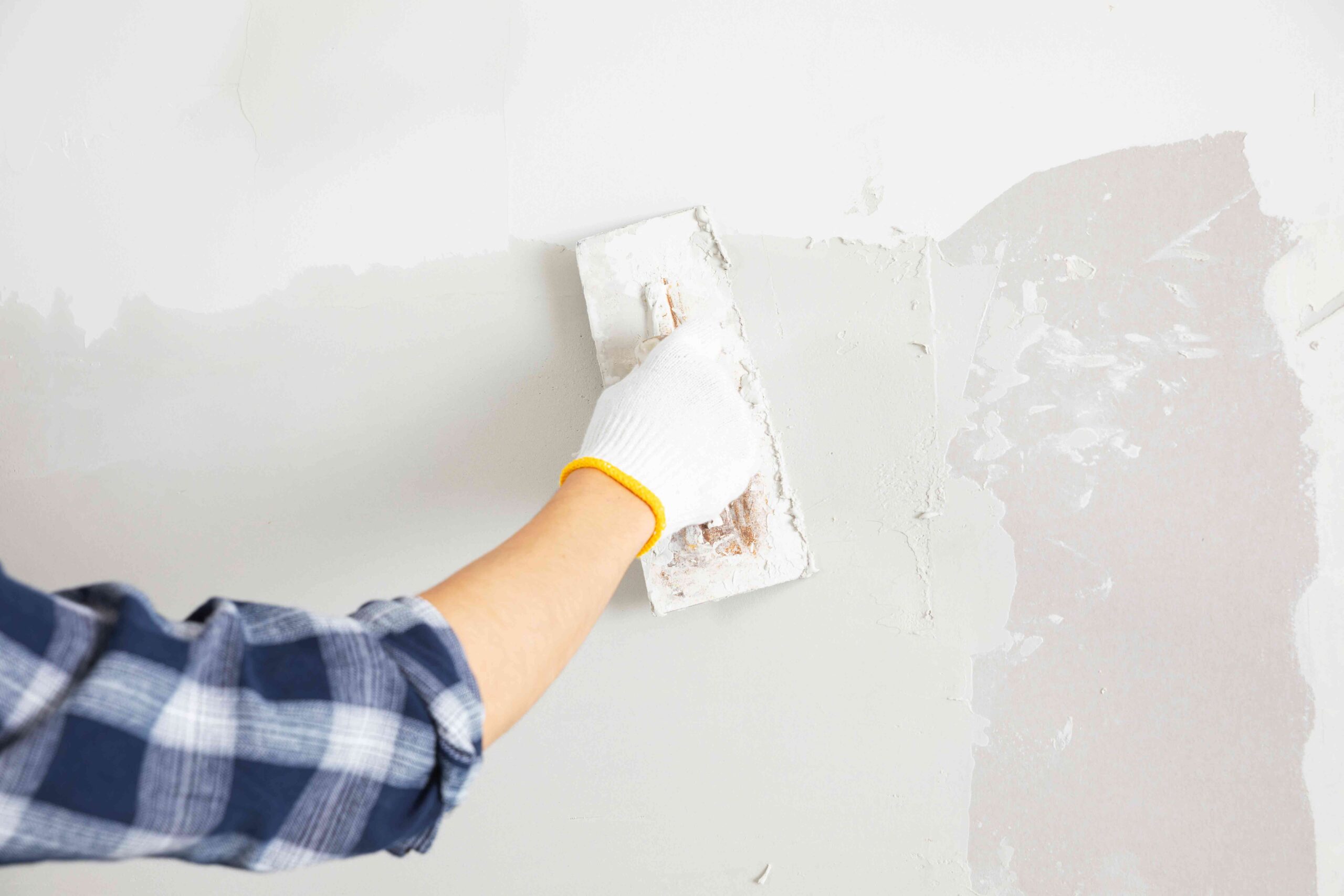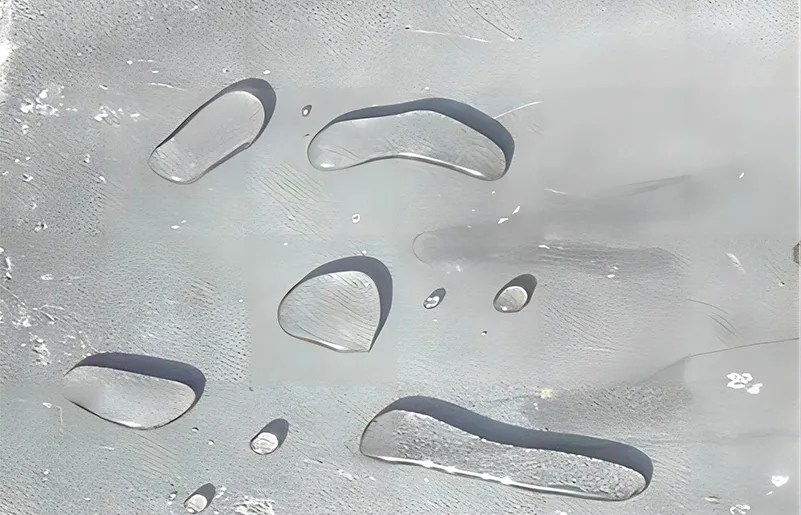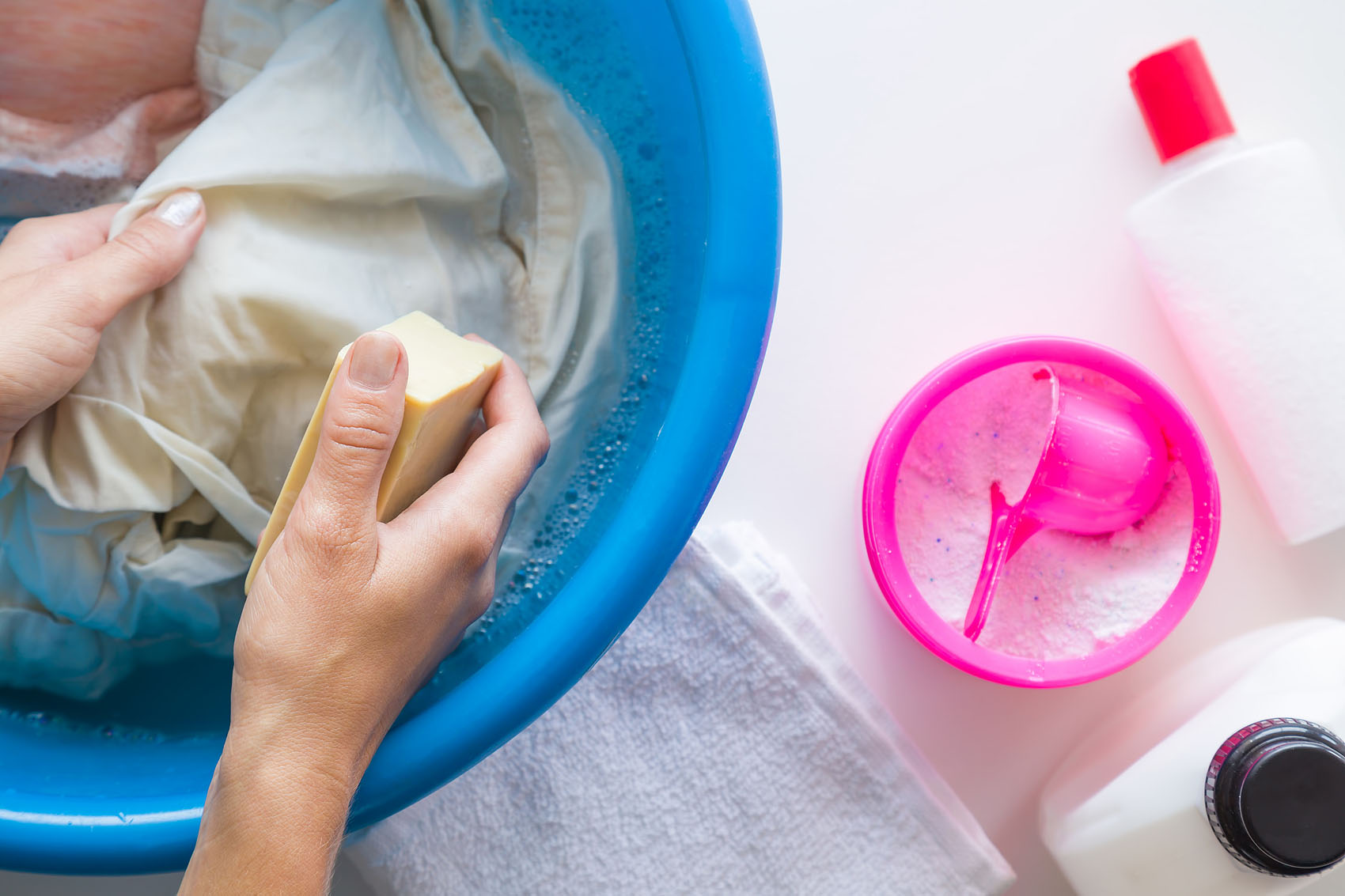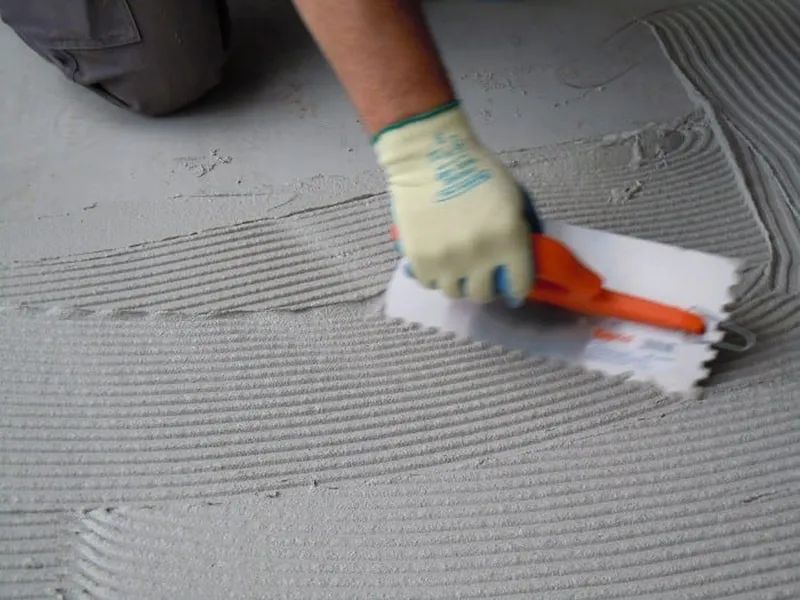
Carboxymethyl cellulose (CMC), especially CMC for ceramic grade, plays an essential role in modern ceramic manufacturing. As a water-soluble polymer derived from cellulose, CMC enhances the production process and the quality of final ceramic products. Whether used in ceramic tile production, sanitary ware, or fine porcelain, sodium carboxymethyl cellulose (CMC) contributes as a binder, rheology modifier, and water retention agent.
This article explores the top uses of carboxymethyl cellulose CMC in the ceramic industry and why it’s an indispensable material for manufacturers.
I.What Is Carboxymethyl Cellulose (CMC)?
Carboxymethyl cellulose, also known as CMC, is a cellulose ether derived by chemically modifying natural cellulose. The sodium salt form—sodium carboxymethyl cellulose (CMC-Na)—is the most commonly used variant in industrial applications, including ceramics. It typically appears as a white to off-white carboxymethyl cellulose powder that dissolves easily in water to form a clear, viscous solution.
II.Why Use CMC in Ceramic Production?
There are many challenges in the production process of ceramics: drying shrinkage, glaze cracking, poor slurry fluidity, or deformation during pressing. If these problems are not controlled, it will lead to increased scrap rates and increased costs.
Sodium carboxymethyl cellulose cmc is not only a thickener, but also a performance enhancer across multiple production steps. Here is how CMC for ceramic grade meets the actual needs of manufacturers.
- Helps prevent drying cracks and deformation
- Increases green body strength for safer handling
- Optimizes glaze and slip rheology for consistent coverage
- Improves molding efficiency and shaping stability
- Reduces surface defects and improves product yield
- Offers compatibility with a wide range of raw materials
- Lowers production costs by reducing breakage and rejects
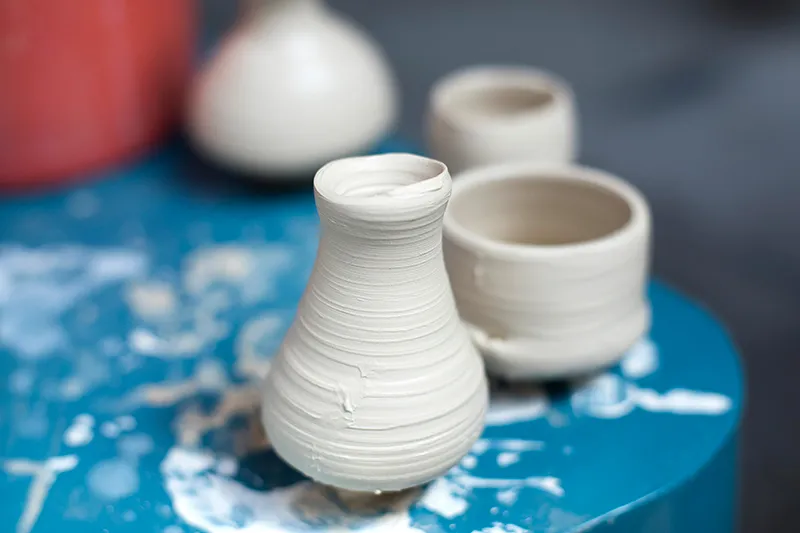
III.Top Uses of CMC in the Ceramic Industry
CMC is a polyelectrolyte. It is primarily used as a binder in glaze slurry, but it also serves to suspend, decondensate, and retain water. Its specific functions are:
As a binder, it plays a bonding role, increases the strength of raw glaze, reduces drying shrinkage of glaze, makes the body and glaze firmly combined, not easy to fall off, facilitates process operation, prevents glaze rolling and glaze deficiency, and suspends the ceramic slurry to prevent precipitation.
Plays its water retention role, so that the glaze slurry has a certain water retention, the glaze layer dries evenly, forms a flat and dense glaze surface, and the glaze surface is flat and smooth after firing.
Use its decondensation effect to improve the fluidity of glaze slurry, which is convenient for glaze spraying operation.
In the ceramic industry, a large amount of CMC is mainly used in ceramic bodies, glaze slurries and flower glazes.
1. Ceramic Bodies
One of the most important carboxymethyl cellulose uses in ceramics is as a binder. During the molding or pressing process, CMC can improve the green body strength of ceramic bodies.
Adding a small amount of CMC can significantly improve the plasticity of the mud and the green body flexural strength, and has good burning loss, and there is no residue after burning.
CMC has strong suspension and dispersibility, which can prevent the aggregation of barren raw material particles. In addition, CMC has strong resistance to mechanical wear, and less molecular chain damage during ball milling and mechanical stirring.
2.Ceramic Glaze Slurry
CMC can adjust the flow characteristics (rheology) of ceramic slurry and glaze, ensure smooth construction, and prevent solid particles from settling.
The excellent dispersibility of CMC and the performance of protective colloid can keep the glaze slurry in a stable dispersed state.
CMC can effectively increase the surface tension of glaze, prevent water from diffusing from glaze to the body, and increase the smoothness of glaze surface. Under low dosage conditions, it can effectively adjust the rheology of glaze slurry and facilitate glazing.
CMC for ceramic grade can also improve the bonding performance of body and glaze, significantly improve the strength of glaze surface, prevent deglazing, and the glaze surface is fine and the glaze slurry is stable.

3. Flower Glaze
The application of CMC in ceramic flower glaze has excellent acid and alkali resistance, good mesh penetration, and can effectively reduce the number of screen wipes and reduce color difference. CMC has good rheological properties, making printing smooth and free of insoluble matter.
IV.How to Choose the Right CMC for Ceramics?
When selecting sodium carboxymethyl cellulose CMC, ceramic manufacturers should consider:
Viscosity grade: Different applications may require low or high-viscosity variants.
Purity and substitution degree: Higher purity leads to better stability and lower ash content.
Solubility and dispersion: Good solubility is essential for effective slurry preparation.
V. Precautions for Selecting CMC for Glaze
1. Choose CMC with appropriate viscosity and substitution degree (generally ≥0.7).
2. Before adding CMC to the ball mill, it is best to soak it in warm water.
3. When the glaze is ball-milled, add CMC for ceramic grad at the same time to improve the ball milling efficiency.
4. It is best to let the glaze slurry settle for 1~2 days before use to make the glaze slurry fully stable and make CMC play the best effect.
5. In addition to adjusting the amount of CMC according to its performance indicators, it also needs to be adjusted according to the season, application environment conditions and process changes.
More in summer and less in winter, the adjustment amount is generally between 0.05%-0.1%, and it must also be adjusted according to the specific production practice to produce dense and lubricated glaze products.
VI.Conclusion
From shaping and drying to glazing and firing, CMC for ceramic grade improves every step of ceramic production. As a multifunctional additive, carboxymethyl cellulose ensures better performance, fewer defects, and greater process control.
Whether you’re producing ceramic tiles, dinnerware, or sanitary ware, choosing the right sodium carboxymethyl cellulose CMC can significantly enhance product quality and production efficiency.Contact us as your reliable supplier to get the best price of CMC products.



